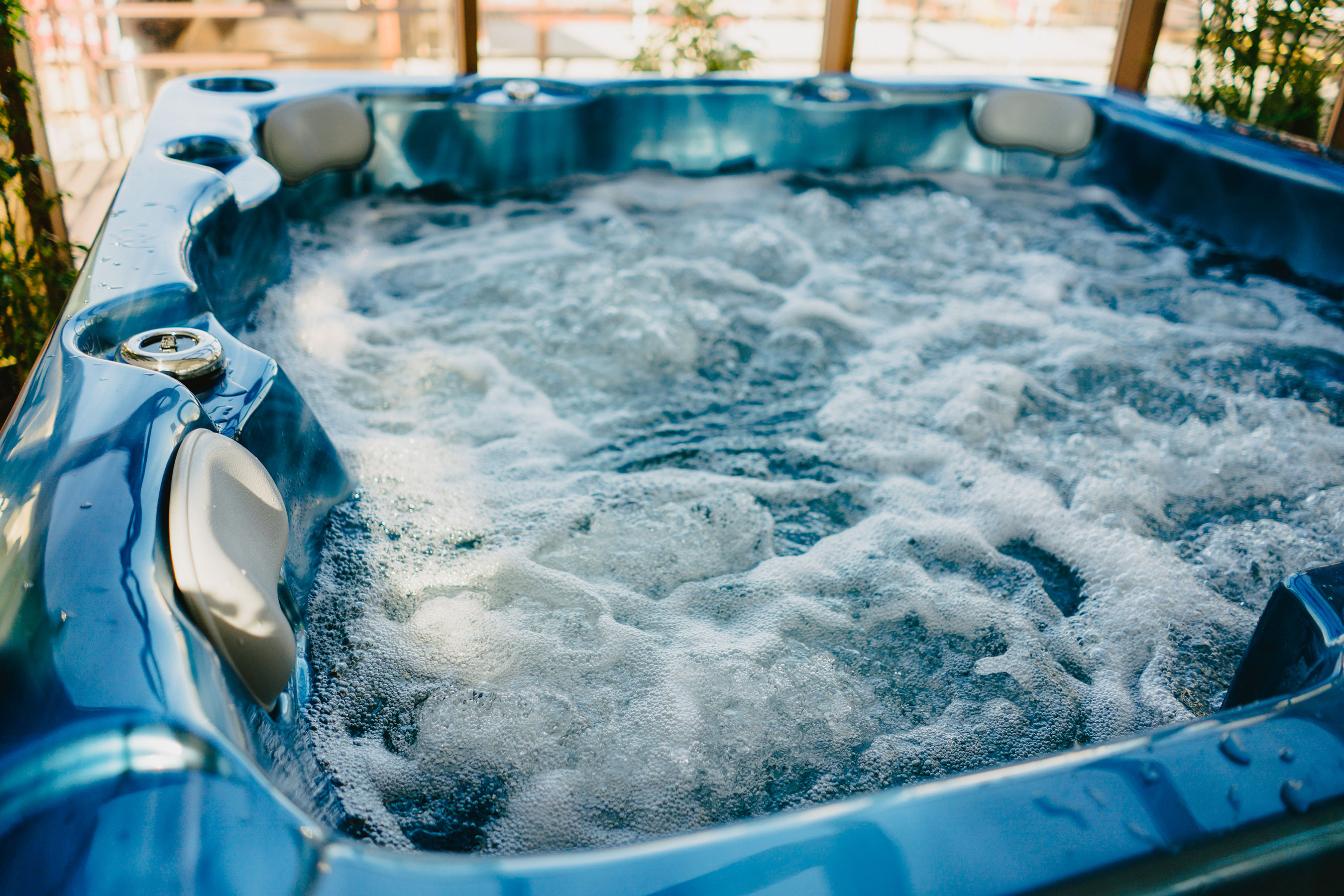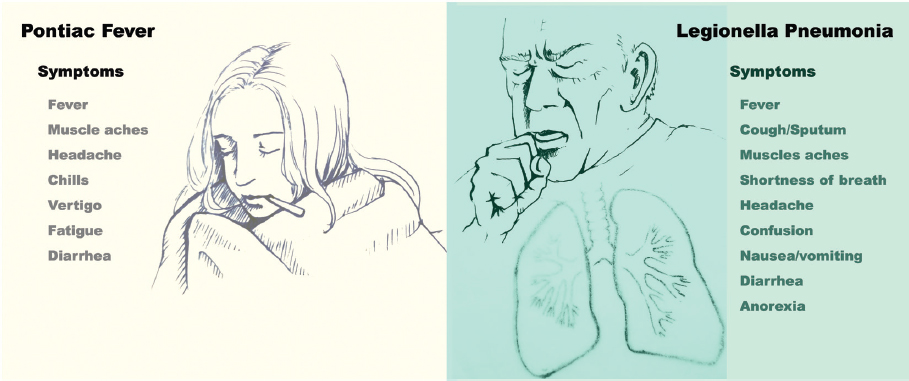82 Cases Legionella Western North Carolina
- 82 Cases Legionella Western North Carolina
- Legionella Case Report
- 82 Cases Legionella Western North Carolina State
- 82 Cases Legionella Western North Carolina Counties
- 82 Cases Legionella Western North Carolina County
By NewsDesk @bactiman63
54 Likes, 13 Comments - Residents (@lapmrresidency) on Instagram: “Resident’s Corner: Name: David Huy Blumeyer, MD Year in residency: PGY-4 Where were you born. BLOWING ROCK, N.C. The North Carolina Division of Public Health is investigating after three people came down with Legionnaires' Disease following a stay at a popular hotel. All three people. In 2017, the most recent year for which data is available, there were 213 cases of Legionnaires' disease in North Carolina – about 2 cases per 100,000 people. Although rare, the disease can spread.
82 Cases Legionella Western North Carolina
North Carolina state health officials were first notified about an increase in the number of Legionnaire’s disease cases in Buncombe and Henderson counties about one week ago.



The investigation focused on people who attended the NC Mountain State Fair held Sept. 6–15 at the Western North Carolina Agricultural Center in Fletcher, NC.
To date, health officials have reported 83 Legionella cases (79 Legionnaires’ disease and 4 Pontiac fever), including one fatality.
The most cases have been reported from Buncombe (34) and Henderson (21) counties, with 11 other counties affected plus 5 South Carolina cases.
Legionella Case Report

Legionnaires’ disease gained national notoriety in 1976 when the Centers for Disease Control and Prevention (CDC) discovered it during an epidemic of pneumonia among American legion members at a convention in Philadelphia.
The causative organism is the bacteria, Legionella pneumophila. The legionella bacteria are found throughout nature, because of this most people become exposed to it but few develop symptoms.
The primary place in nature it’s found is water sources particularly at warmer temperatures; lakes, rivers and moist soil.
It is also found in man-made facilities (frequently the source of outbreaks) such as air-conditioning ducts and cooling towers, humidifiers, whirlpools and hospital equipment.
People get exposed through inhaling infectious aerosols from these water sources. There is no transmission from person to person.
The infection can appear in two clinical forms: Legionnaires’ disease and Pontiac fever.
Both conditions are typified by headache, fever, body aches and occasionally abdominal pain and diarrhea.
82 Cases Legionella Western North Carolina State
Legionnaires’ disease is the cause of pneumonia where a non productive cough is typical. Fatality rates of this form of the infection are around 15 % even with improvements in treatment.
Pontiac fever is a self limiting flu-like illness that does not progress to pneumonia or death. Diagnosis is usually made by typical symptoms in a outbreak setting.
Certain health conditions make you more susceptible to infection to include increasing age, smoking, chronic lung disease, malignancy and diabetes mellitus.
82 Cases Legionella Western North Carolina Counties
Legionnaires’ disease is treatable with antibiotics.
To following things can be done as preventive measures: cooling towers should be drained when not in use and cleaned to remove scale and sediment and biocides can be used to limit bacterial growth. Tap water should not be used in respiratory therapy devices.
82 Cases Legionella Western North Carolina County
For more infectious disease news and information, visit and “like” the Infectious Disease News Facebook page